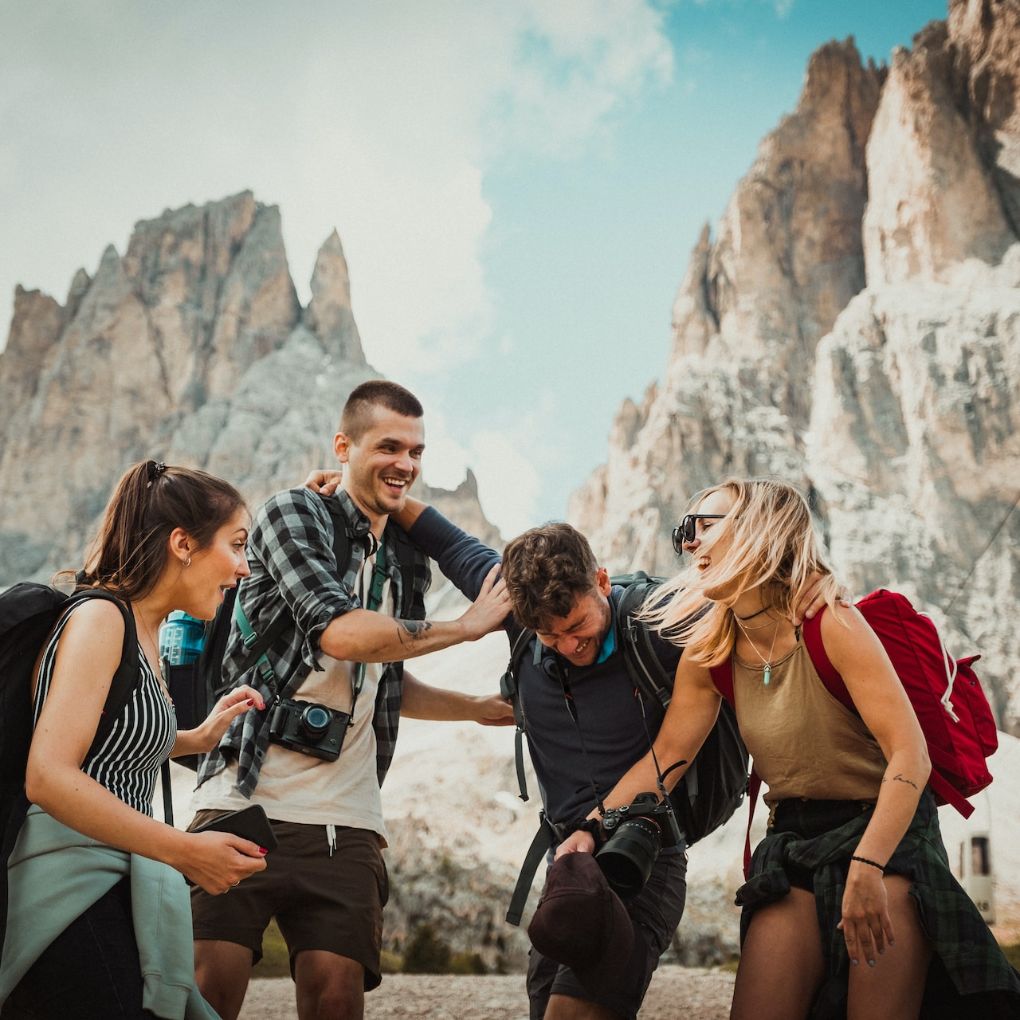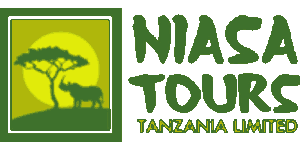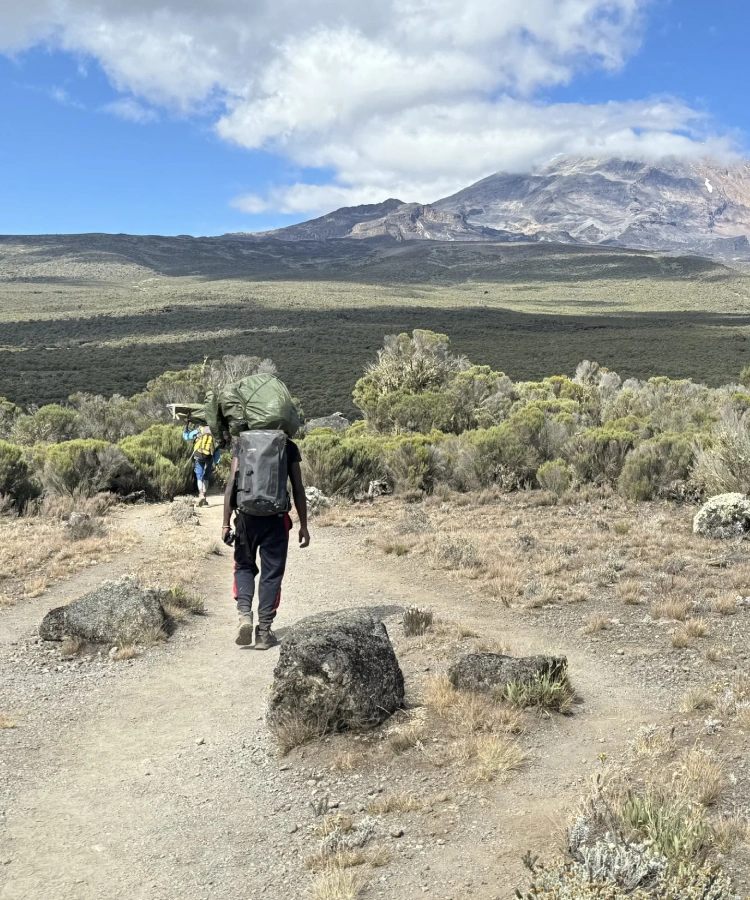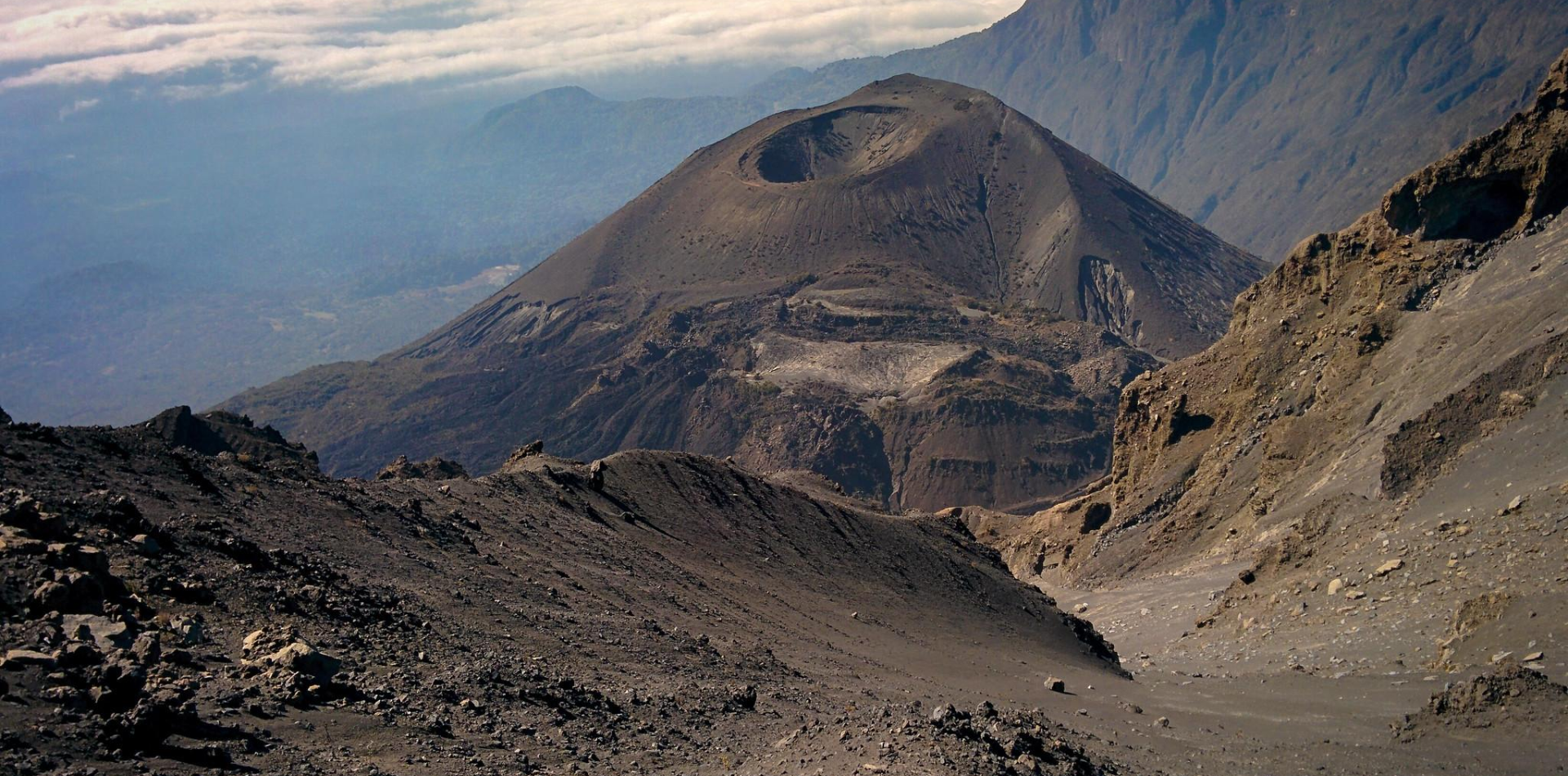
3 Days Mt Meru Trekking Tour
About This Safari
Climb Mount Meru, Tanzania’s stunning second-highest peak (4,566m), on this unforgettable 3-Days Mount Meru Trekking Adventure. Starting from Momella Gate in Arusha National Park, hike through lush rainforests and alpine meadows with incredible wildlife sightings—giraffes, buffaloes, zebras, and more. Stay in scenic mountain huts, cross dramatic ridgelines, and summit before sunrise for panoramic views of Mount Kilimanjaro and the Meru Crater.
Along the way, enjoy cozy huts, delicious meals, and expert guidance. This unique trek blends wildlife, nature, and mountain adventure, offering an authentic and deeply rewarding East African experience.
Tour Highlights
Scenic Summit
Reaching Mount Meru’s summit at sunrise rewards you with stunning, panoramic views of Kilimanjaro and the glowing Meru Crater — a truly unforgettable, soul-stirring moment.
Alpine Meadows
As you ascend, forests give way to soft alpine meadows dotted with wildflowers and sweeping views — a calming, otherworldly landscape that feels like nature’s own sanctuary.
Rainforest Trails
Winding through lush rainforest, you’ll hear birds singing, spot playful monkeys, and breathe in fresh, earthy air — a peaceful beginning to your high-altitude adventure.
Crater Views
Stand on the crater rim and gaze into the vast, rugged Meru Crater below. It’s a surreal, powerful scene that connects you with nature’s raw beauty.
Price starts at 900USD depending on the group size
Tour Details
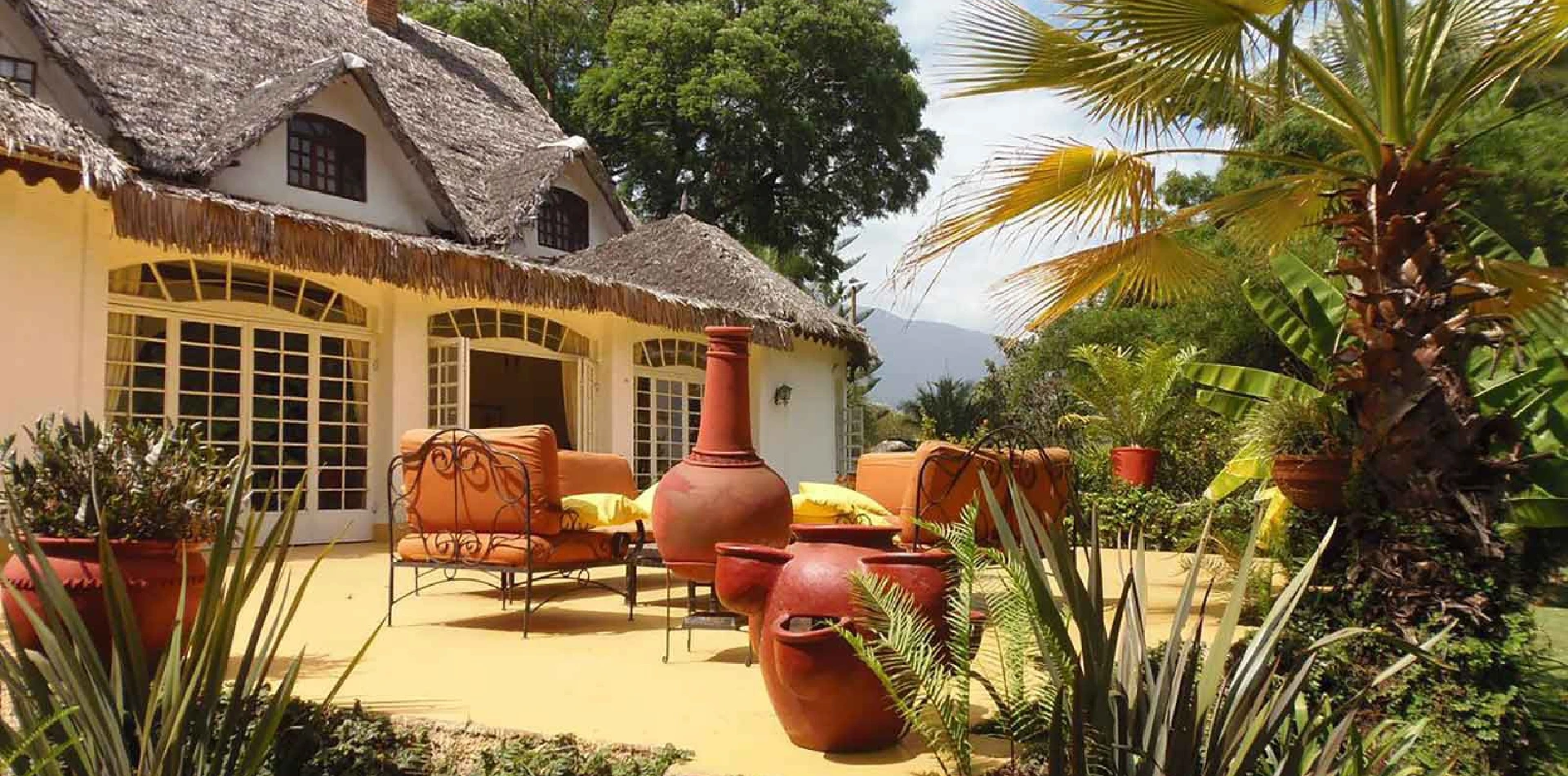
You will be picked up from the airport by our guide and take you to the hotel for briefing and overnight stay.
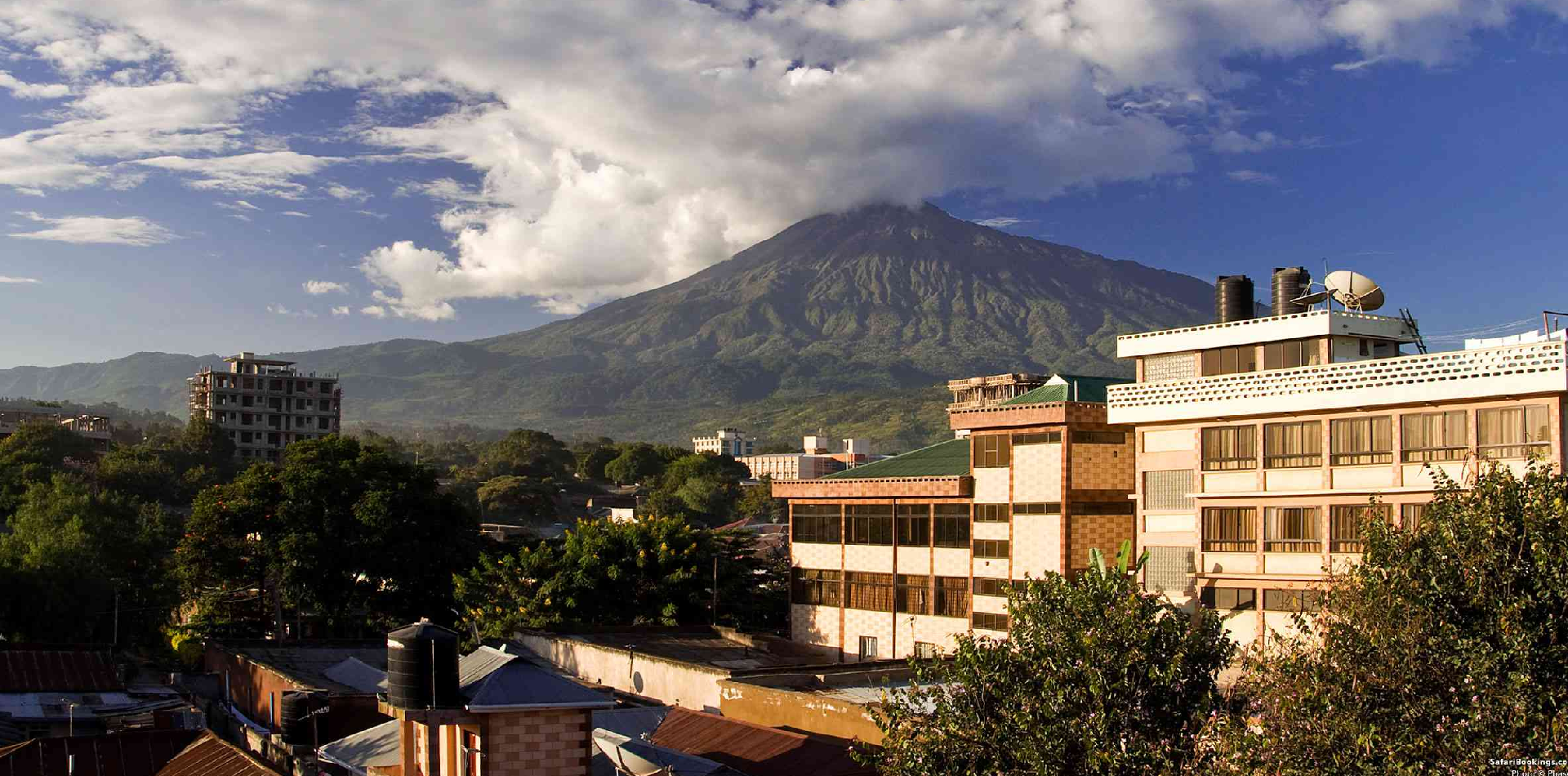
Morning:
Start early: Drive from Arusha town or your hotel to the Arusha National Park Gate (approx. 1 hour).
Park formalities: Register and obtain permits.
Begin the trek: Hike through lush rainforest, with chances to see wildlife like giraffes, buffalo, and various bird species.
Hiking Duration: Approx. 3-4 hours
Distance: About 8 km (5 miles).
Afternoon:
Arrive at Miriakamba Hut: Settle in, rest, and enjoy the scenic surroundings.
Activities: Short walks around the area, acclimatization, and preparation for the next day.
Overnight: Miriakamba Hut (2,514m).
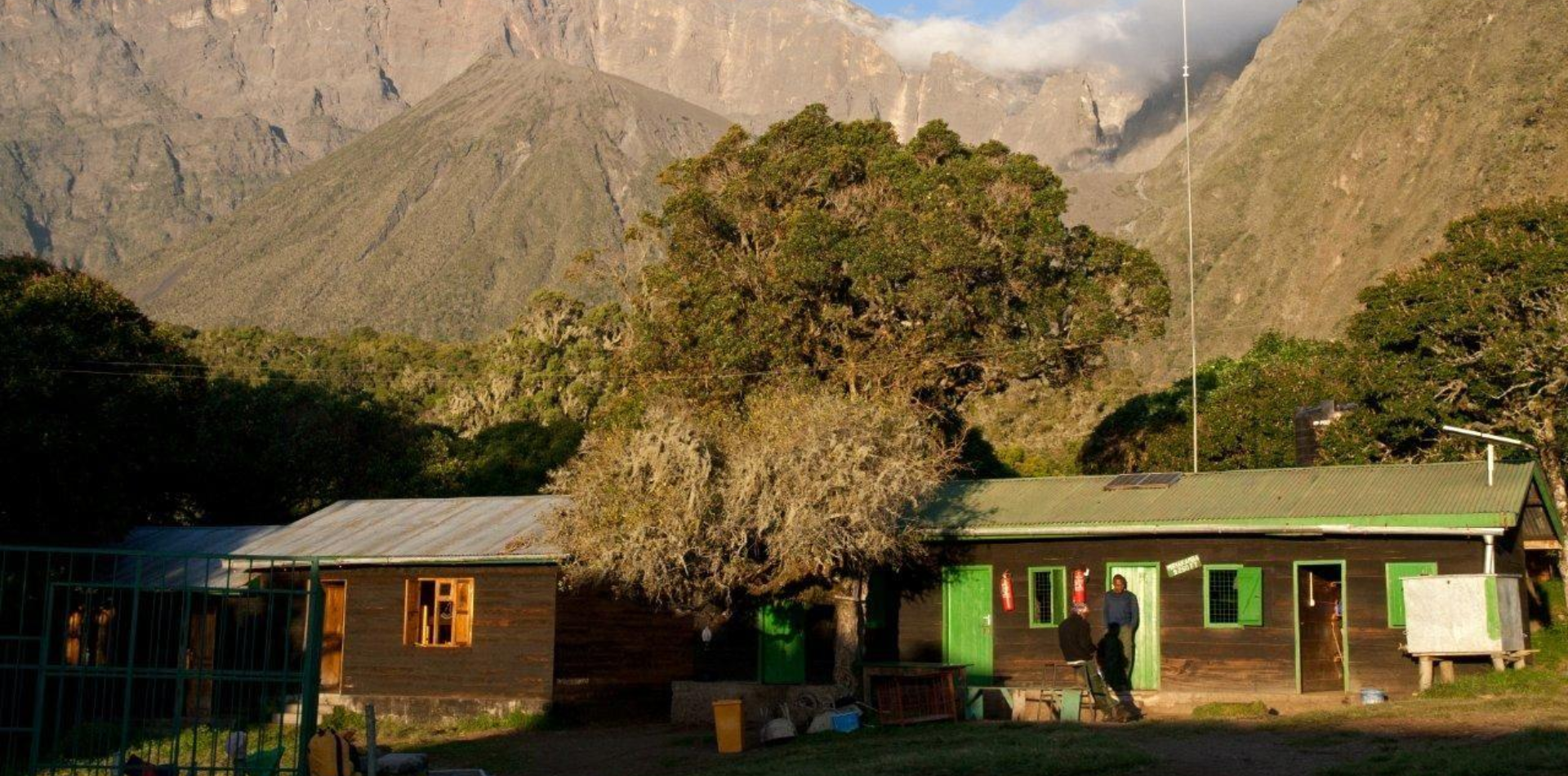
Morning:
Early start: Depart from Miriakamba Hut after breakfast.
Hike through: Montane forest and moorland zones, with views of the crater rim.
Optional: Short detour to the summit of Little Meru for panoramic views.
Hiking Duration: Approx. 3-4 hours to Saddle Hut (3,570m).
Afternoon:
Rest and acclimatization: Relax at Saddle Hut.
Optional short walks: Explore surroundings or rest for the summit push.
Overnight: Saddle Hut (3,570m).
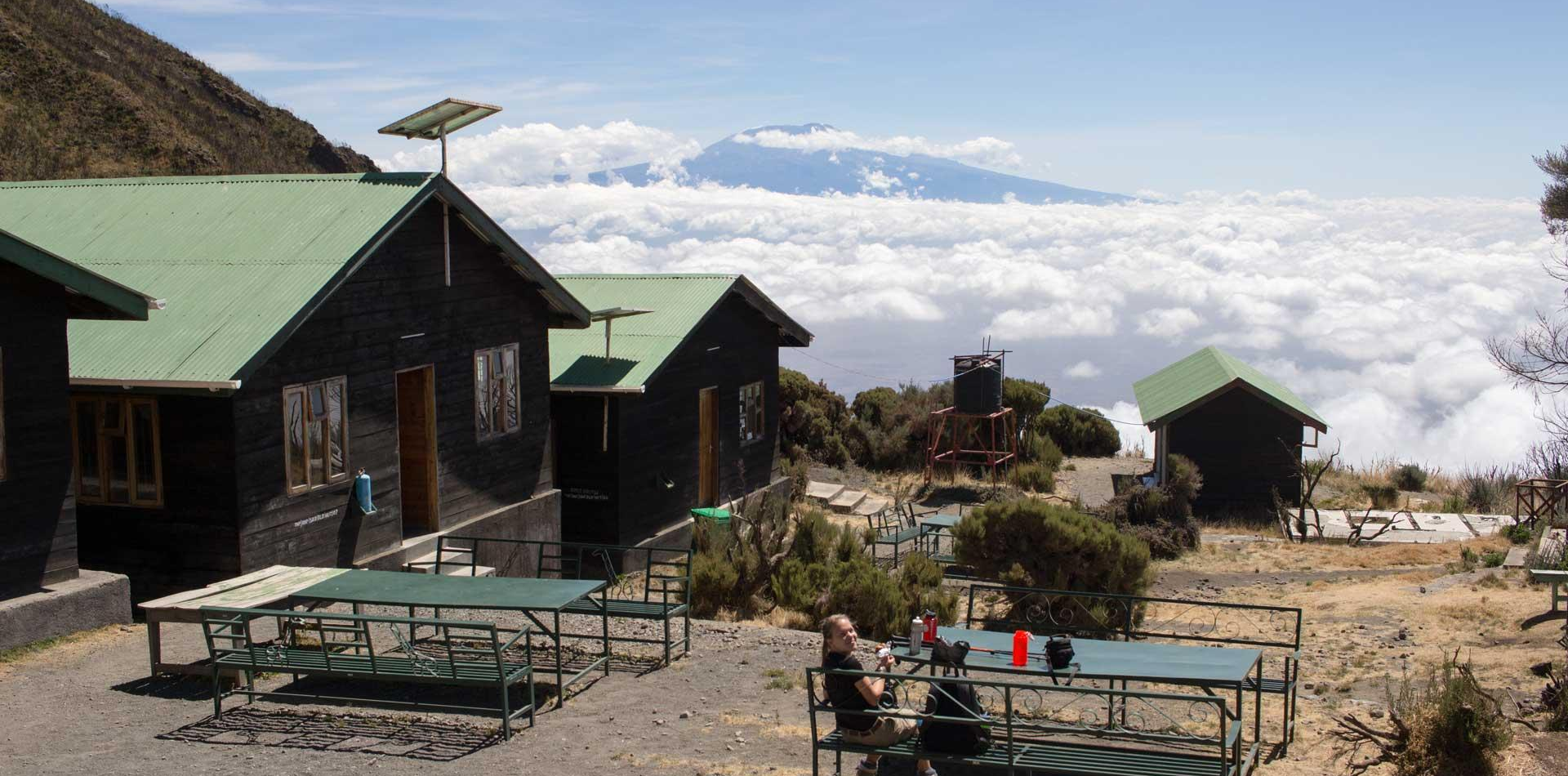
Climb: Steep sections, volcanic scree, and possibly icy patches depending on weather.
Duration: 4-6 hours to summit, 2-3 hours down to Saddle Hut.
Descend: From the crater rim to Saddle Hut for a brief rest.
Continue down: To Miriakamba Hut, then further down to the park gate.
Hiking Duration: Total ascent and descent: approximately 8-12 hours.
Arrival at the gate: End of the trek.
Transfer: Back to Arusha or your hotel.
Inclusions & Exclusions
- National Park gate fees.
- Transport from Arusha/Moshi to trail head and return.
- Hut fees.
- Services in Arusha/Moshi before/after the trek (accommodations, meals, airport transfers).
- Certified, experienced, English-speaking guides.
- National Park ranger (required by Arusha National Park).
- Porters’ salaries.
- All meals on the mountain.
- Cooking equipment and eating utensils.
- Oximeters available upon request.
- Personal trekking equipment such as sleeping bags, hiking boots, clothes, etc (« for renting).
- Tips and gratuities.
- Travel insurance.
- Personal Expenses (e.g.laundry, telephone, beverages, etc.).
- Meals not listed in the itinerary.
- Liquors, beers and bottled beverages.
Tour Map
Tour Gallery
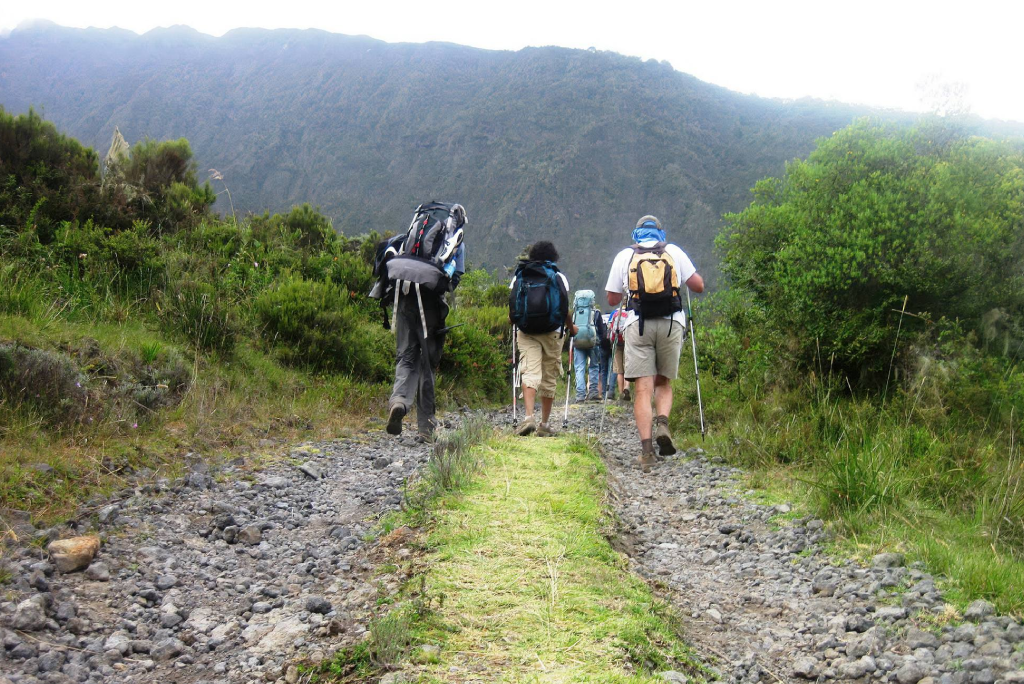
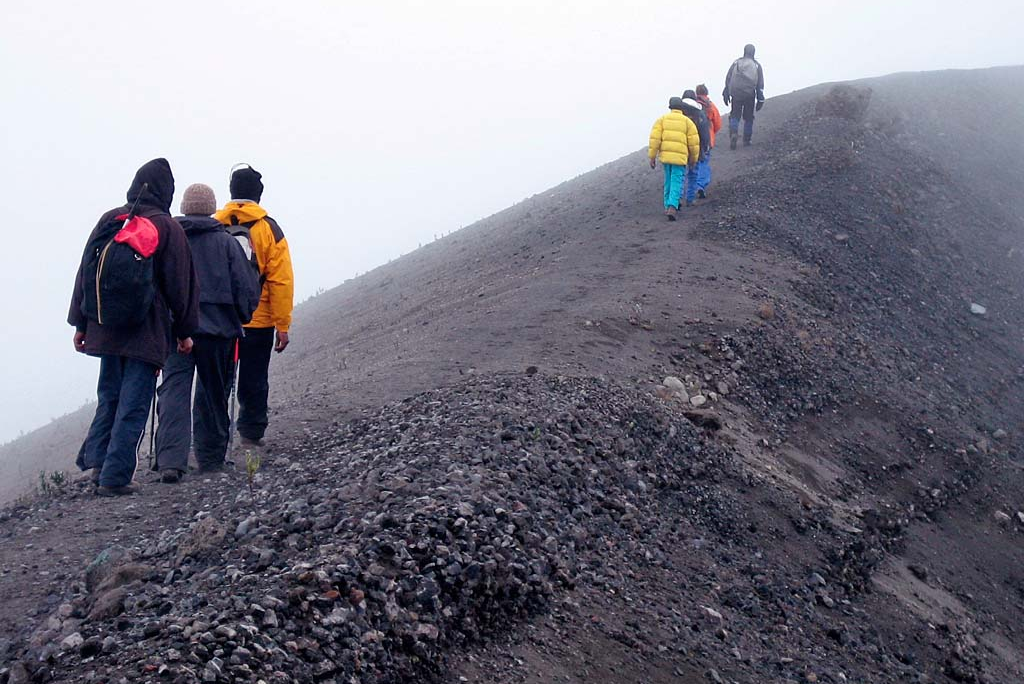
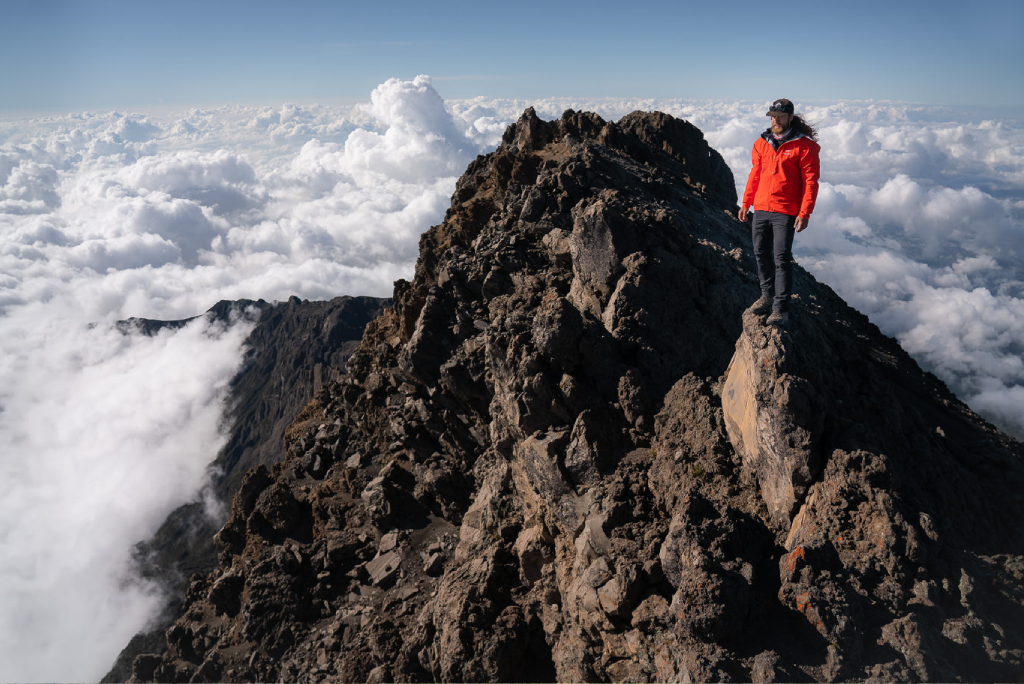
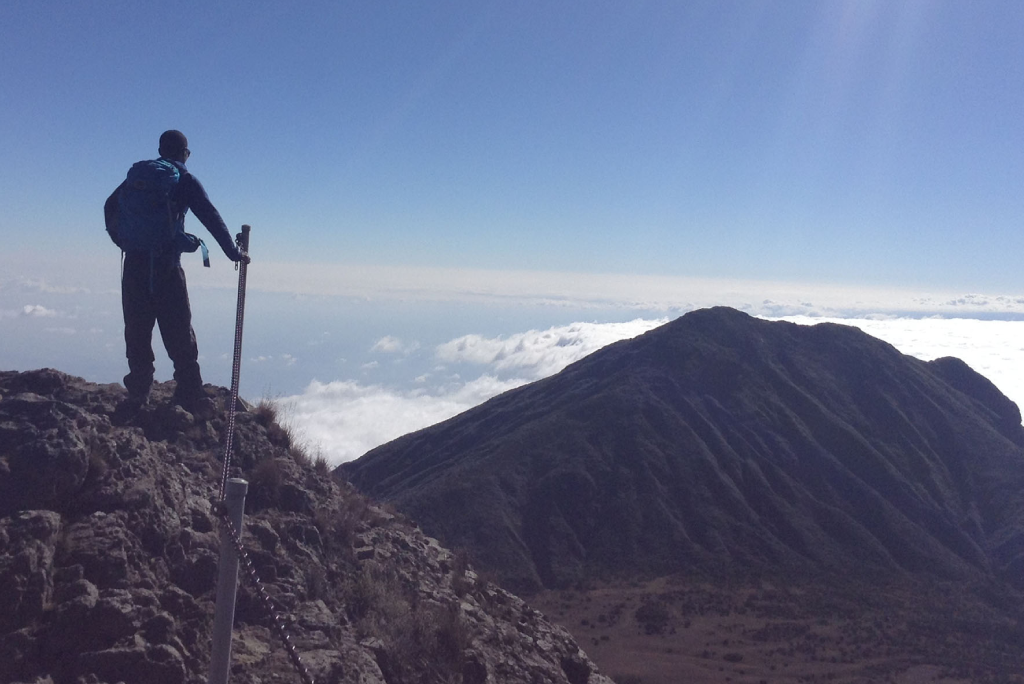
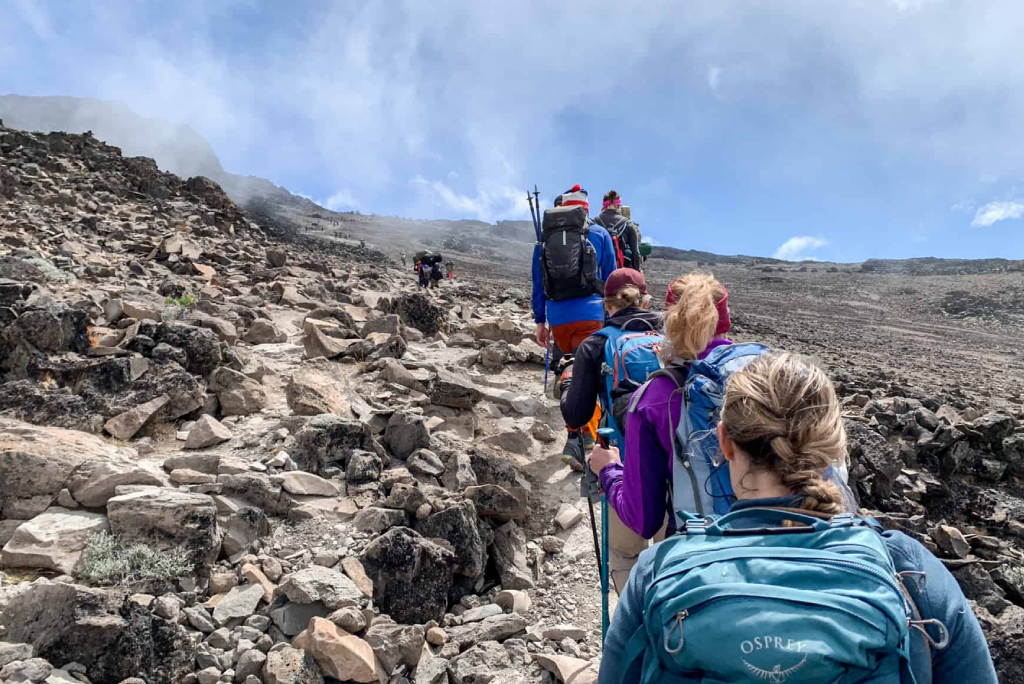
We make it easier for everyone to experience the world
Ready to explore Tanzania’s natural wonders? We’re here to help! Whether you’re planning a once-in-a-lifetime safari or a peaceful nature escape, our team makes travel easy and personal. Reach out today—let’s turn your dream of exploring Tanzania and beyond into reality. We make it easier for everyone to experience the world, one journey at a time. Contact us today!
Need I help? Talk to an Expert
+255767493713 +255690129757
Mountain Climbing FAQs
Discover essential information for climbing Tanzania’s iconic peaks—Mount Kilimanjaro, Mount Ol-Donyo Lengai, and Mount Meru. Learn about the best seasons, difficulty levels, required permits, gear recommendations, and safety tips. Whether you’re a first-time climber or experienced mountaineer, these FAQs provide guidance to help you prepare, stay safe, and make your mountain adventure unforgettable.
Climbing Kilimanjaro is challenging but achievable for fit individuals. It doesn't require technical skills, but altitude and endurance are key factors. Choosing a longer route improves acclimatization and success. Mental preparation, physical fitness, and proper gear make a big difference in your summit experience.
The best times are during dry seasons—January to March and June to October. These months offer clear skies, better trail conditions, and higher success rates. Avoid the rainy seasons for safety and comfort. Early booking is also advised due to route popularity.
Yes, Mount Meru is ideal for acclimatization before Kilimanjaro. It reaches 4,566 meters and offers great altitude training. The trek includes wildlife encounters and scenic ridges, preparing your body for Kilimanjaro’s higher elevation and reducing chances of altitude sickness significantly.
Yes, guided climbs are mandatory for both Kilimanjaro and Mount Meru. Guides ensure your safety, manage logistics, and provide expert support. Their local knowledge enhances your journey. On Mount Meru, park rangers accompany all trekkers due to wildlife presence in the area.
Ol Doinyo Lengai is the only active natrocarbonatite volcano in the world, revered by the Maasai as the “Mountain of God.” The steep climb is rewarded with unique lava flows, spiritual significance, and sunrise views over Lake Natron and the Great Rift Valley.
Altitude sickness can affect anyone above 2,500 meters. Symptoms include headache, nausea, and fatigue. To reduce risk, climb slowly, stay hydrated, and acclimatize properly. Longer itineraries on Kilimanjaro and a Mount Meru pre-climb significantly boost altitude adaptation and summit success.
You’ll need layered clothing, waterproof outerwear, sturdy hiking boots, sleeping gear (for Kilimanjaro and Meru), headlamp, trekking poles, and hydration packs. For Ol Doinyo Lengai, include lightweight but grippy footwear and breathable clothing due to its steep, dusty volcanic terrain.
What Customers Say About Us
